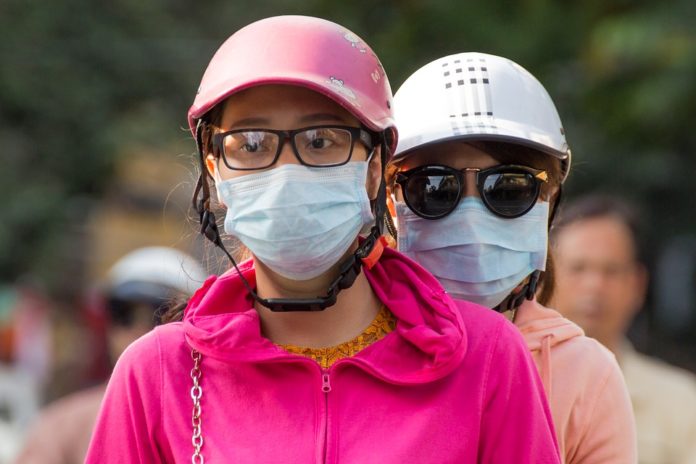The first phase of antibody tests by ICMR show that less than 1% people in 65 districts of the country have been exposed to the virus
Even as the number of deaths and fresh cases in the last 24 hours touched daily highs of 10956 and 396 respectively, taking the total to 297535 cases, very few Indians it seems have been exposed to the virus.
A sero-surveillance study conducted by ICMR has revealed that 0.73% of the population surveyed showed evidence of past exposure to SARS-CoV-2. ICMR conducted the first sero-survey for COVID19 in May 2020 in collaboration with state health departments, NCDC and WHO India.
The study was conducted in 83 districts covering 28,595 households and 26,400 individuals. The study has two parts out of which the primary task of estimating the fraction of population who has been infected with SARS-CoV-2 in general population has been completed. The results are for only 65 districts for which the data have been analysed.
During the last 24 hours, a total of 5,823 COVID-19 patients have been cured. Thus, so far, a total of 1,41,028 patients have been cured of COVID-19
The second objective of estimating fraction of population who has been infected with SARS-CoV-2 in containment zones of hotspot cities is in the process of completion.
The study also clearly points out that the measures taken during the lockdown have been successful in keeping the transmission low and in preventing rapid spread of COVID-19. ICMR has calculated that compared to rural areas, risk of spread is 1.09 times higher in urban areas and 1.89 times higher in urban slums. The infection fatality rate is very low at 0.08%.
This only means that a large portion of the population must continue following COVID appropriate behaviour suggested by from time to time.
During the last 24 hours, a total of 5,823 COVID-19 patients have been cured. Thus, so far, a total of 1,41,028 patients have been cured of COVID-19. The recovery rate amongst COVID-19 patients is 49.21%. India currently has 1,37,448 active cases which are all under active medical supervision.
At present, the number of patients recovered exceeds the number of active patients.


